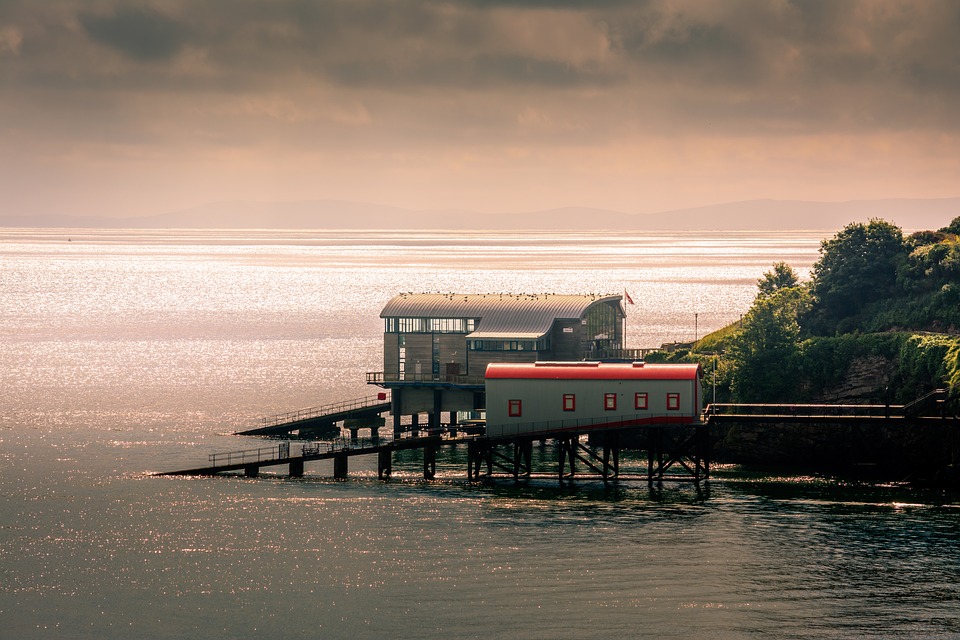Introduction
San Pedro del Pinatar, a charming town on the southeastern coast of Spain, is not only known for its beautiful beaches and natural landscapes but also for its rich cultural heritage. This article takes you on a fascinating journey through the town’s history, showcasing its historical sites, traditions, and key cultural events.
The Origins: A Roman and Moorish Past
San Pedro del Pinatar has a history that dates back to Roman times. The town was once an important Roman port known as ‘Portus Magnus.’ Remnants of this ancient past can still be seen in the region, including the Roman villa of La Raya and the Roman road that once connected Portus Magnus to nearby cities.
During the Moorish occupation, the town saw further development and witnessed the construction of notable landmarks such as the Moorish Watchtower, which provided protection against pirate attacks that were common during that era.
El Molino de Quintín: A Symbol of Industrial Heritage
One of the iconic landmarks in San Pedro del Pinatar is El Molino de Quintín, a historic windmill that stands as a symbol of the town’s industrial heritage. Built in the 18th century, the mill served as an essential element of the local economy, grinding wheat and other cereals.
Today, El Molino de Quintín has been restored and transformed into a museum. Visitors can explore its interior, learn about the milling process, and gain insight into the importance of this ancient technology in the development of the region.
Traditional Festivals and Cultural Events
San Pedro del Pinatar prides itself on a vibrant calendar of traditional festivals and cultural events that showcase its unique heritage. One of the most prominent events is the Feast of the Virgen del Carmen, the patron saint of fishermen.
During this festival, locals honor the Virgen del Carmen with a lively procession, taking her statue from the local church to the seashore, where it is placed on a beautifully decorated boat. This procession attracts locals and tourists alike and is an important cultural highlight of the year.
The Salt Pans and the Flamingo Route
The salt pans of San Pedro del Pinatar have been in operation since Roman times and have played a significant role in the town’s economy. The extraction of salt from the Mediterranean Sea has shaped the landscape and created a unique ecosystem that attracts numerous bird species.
One of the most remarkable sights is the Flamingo Route, a picturesque trail that takes visitors through the salt pans, providing the opportunity to observe stunning pink flamingos in their natural habitat. This natural spectacle has become a popular attraction for nature enthusiasts and photographers.
FAQs Section
Q: What is the best time to visit San Pedro del Pinatar?
A: The best time to visit San Pedro del Pinatar is during the spring and autumn seasons when the weather is pleasant, and you can fully enjoy the outdoor activities and cultural events.
Q: Are there guided tours available to explore the town’s cultural heritage?
A: Yes, there are guided tours available that offer in-depth insights into San Pedro del Pinatar’s history. These tours typically cover the main historical sites, including the Roman villa, the Moorish Watchtower, and El Molino de Quintín.
Q: Can I visit the salt pans without a guide?
A: Yes, you can explore the salt pans on your own. However, joining a guided tour or hiring a local guide can enhance your experience by providing additional knowledge about the unique ecosystem and bird species that inhabit the area.
